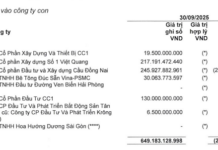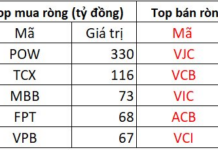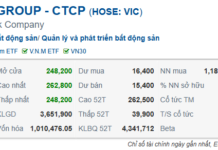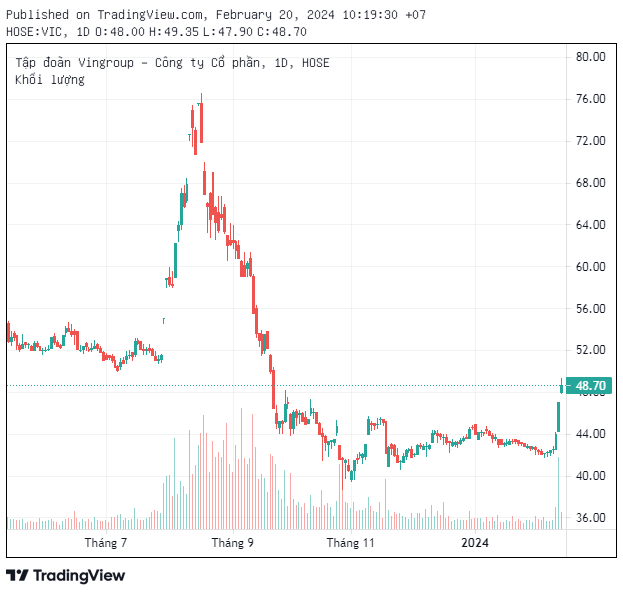A business will fail for two reasons. The first is business strategy. The second is culture. If the business strategy is wrong, and market development is unstable, we can do it again. But if we fail because of culture, we lose almost everything because then the business has lost the trust of customers, investors, and employees,” said Ms. Nguyen Tam Trang, Vice Chairwoman of the Hanoi Executive Board and GHD’s HR Director, when discussing the mistakes and lessons learned when implementing changes to team habits and behaviors.
In fact, Vietnam has nearly 1 million businesses, but not all of them understand the importance of corporate culture (CC) and not all entrepreneurs have the right path in building a culture for their businesses. At the discussion on building CC within the framework of the announcement of the strategic cooperation between GapoWork and Newing, the speakers gave their lessons and perspectives.
LESSONS FROM GAPO AND EDUFIT
Ha Trung Kien, Co-founder and Deputy General Director of Gapowork, said: “When the company built the core value set, we wrote very well. When communicating to employees, they also found it very good. But when implementing it, they didn’t know what to do.”
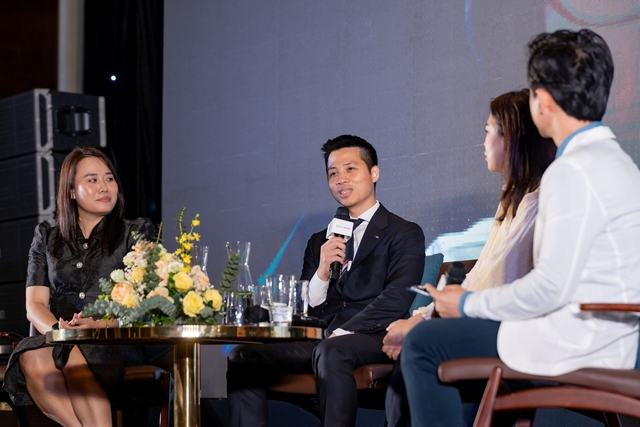
Mr. Ha Trung Kien, Co-founder and Deputy General Director of Gapowork
Tran Thi Huyen, Co-founder and Deputy General Director of EduFit, also shared her story. Since 2017, Edufit has thought about business culture. They developed a fairly standard vision, charter, and core value set, but then Edufit faced a problem: How can the core values just written be translated into actions by employees?
Initially, Edufit thought that “the more widespread, the better.” They encouraged 1,800 employees to learn and apply it to practice, but this approach failed. After seeking advice from consultants, Edufit understood that: Leading by example is the best way to do it. The CEO performs the action, and then the middle management team will become the extended arm for the subordinates to follow.

Ms. Tran Thi Huyen, Co-founder and Deputy General Director of EduFit
Nguyen Thi Minh Giang, Co-founder of Newing Consulting Company, emphasized that to change people’s behavior, you have to show them how to change their behavior. Many organizations have implemented many training courses on mindset, but that alone is not enough.
Giang said that many retail groups talk about switching from a sales culture to “customer centricity,” which means focusing on customer service, but the important thing to be able to implement this strategy is that all employees want to do it and know what they need to do to change their daily behavior. In short, to change behavior, both motivation and ability are needed.
“Many businesses focus on changing their mindset, but employees’ capacity is not adequately equipped; they have no idea what to do and cannot do it,” said Giang. “A common mistake when communicating internally about CC is the misconception that CC is one path, while daily work is another path, which, when there is money, will be built. No, it’s not when there is money or time that we need to make timely reports; we need to find ways to sit down and solve problems instead of blaming… CC is the way we work with each other every day.”
This was also the point that Ms. Nguyen Tam Trang raised at the beginning of the discussion about the concept of CC. Accordingly, culture is the behavioral norms that are defined, understood, or controlled, evaluated in an enterprise or organization. Culture is also the way of life, the way people treat each other in an enterprise. Culture is not the words written on the wall. It requires business leaders to have a dream, to clearly identify their vision and mission. It also requires the enterprise to have a scientific method to build, communicate culture as well as an approach and system to build and implement.
Importantly, building CC cannot be a one-time effort; it is a long journey that runs from the leaders to the employees and from the employees up to the leadership level, reflected in the fact that each employee in the company must be heard and build the CC they desire.
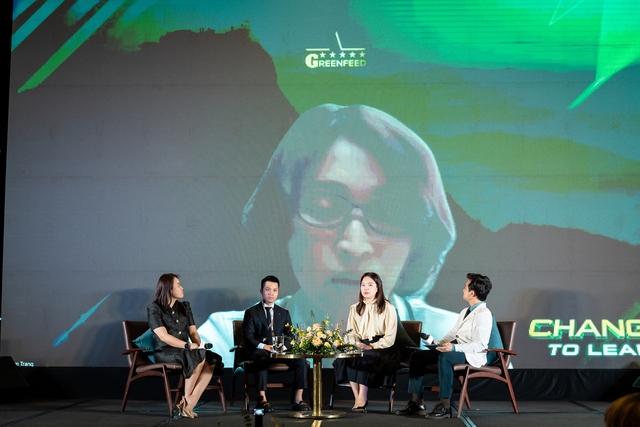
Ms. Nguyen Tam Trang, Vice Chairwoman of the Hanoi Executive Board and GHD’s HR Director from Ho Chi Minh City
Trang believes that from the dream of the founders and the management board in the early days, CC can change over time to better suit the development strategy of the enterprise, but core values are always upheld. In fact, the ‘life’ of an enterprise will witness changes in leadership, and employees only look at who the boss is, showing how to work and what attitude, that is the culture they understand. Therefore, even if the business strategy changes, the enterprise needs to ensure that the following generations, new and old employees, understand the same content and everyone’s daily behavior reflects the same thing.
CC is also reflected in the story when recruiting people, appointing or developing talents, that is, having similar core values.
LEADERS MUST BE THE ONES WHO TRANSMIT ENERGY
According to Ha Trung Kien, to implement CC methodologically, it is necessary to be continuous, starting from 4 factors.
First, the management board must always set an example, lead and truly commit to CC through actions that reflect the values the company pursues.
Second, train and help employees understand core values and provide employees with skills.
Third, the way to communicate to continuously help employees understand the company’s common goals.
Fourth, the implementation of CC does not originate from a single group or department, but requires the cooperation and persistence in the long run.
The speakers agreed on these four factors, but Ms. Minh Giang also pointed out an important thing, which is that business leaders must be committed to achieving the end in building CC. They are also the ones who are ‘responsible’ for inspiring and energizing the employees below.
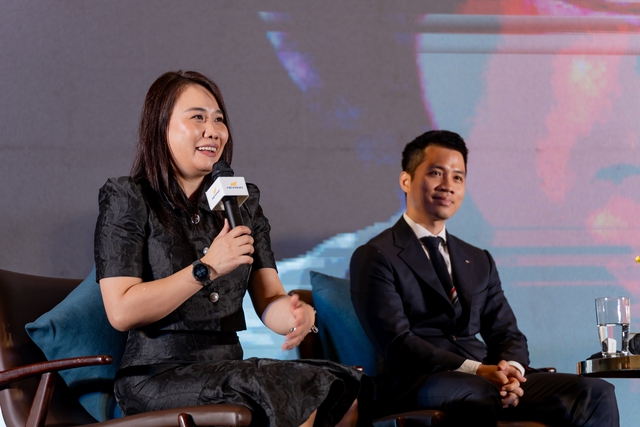
Ms. Nguyen Thi Minh Giang, Co-founder of Newing Consulting Company
To the question of how to create energy for the team, the leader of Newing said: “I myself cannot give people what I do not have. First, the leader must be the one with energy. What is called energy, it will spread by itself; if I am acting true to my emotions and thoughts, if I am passionate and happy, it will naturally be transmitted to my colleagues.”
Trang believes that energy comes from the physical, emotions (body-mind-spirit). The leader has energy but to convey it to











